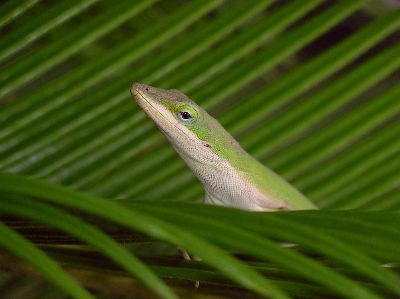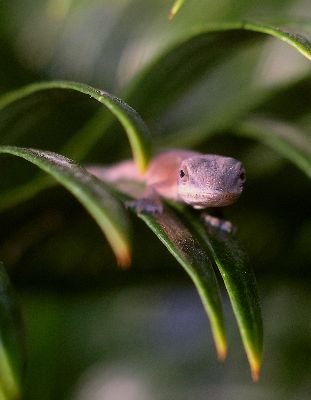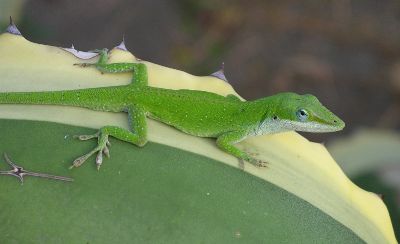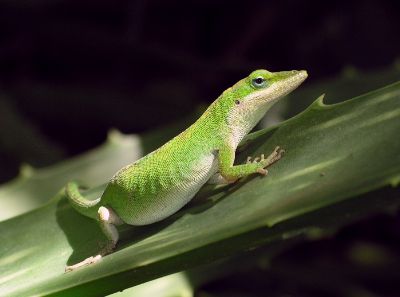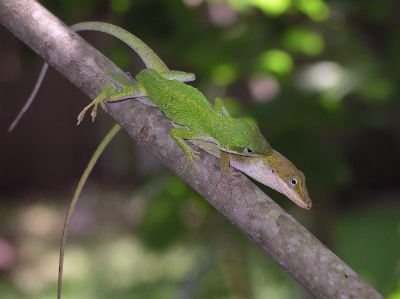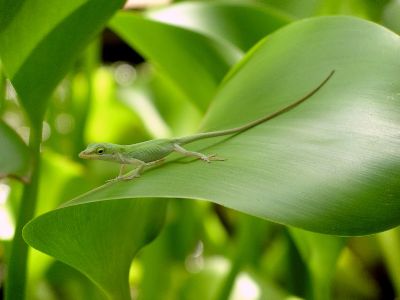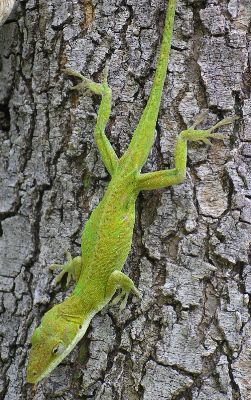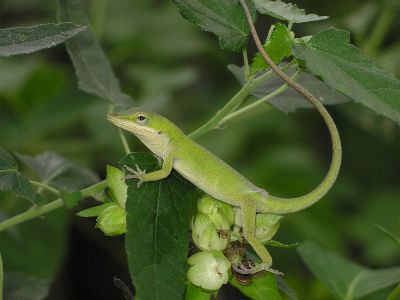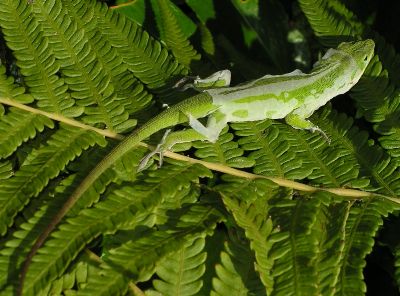The images presented in these galleries are reductions of photos taken by Valerie with a Pentax Optio 450 digital camera. The compression has been increased to 80% (100%=no compression) and the dimensions reduced in order to save bandwidth and facilitate page loading. The information below each image gives the size in pixels and kilobytes of the original file as well as the title by which to request the larger version. All of the original files are in jpeg format, most at about 95% compression, and are suitable for printing, desktop wallpaper, or detailed study. While the images here are free for the taking (right click - save as; do not link to these images directly), the larger versions are also available by sending a request to Valerie via . The frames around the gallery photos are not part of the same file and are only for presentation on this site.
Although the photos are free to use, they are copyrighted by LARVALBUG and remain the property of the owners of this site. We request that any public use of these images be accompanied by a credit to LARVALBUG.COM and, when appropriate, a link to our site (<a href="http://www.larvalbug.com/">LARVALBUG</a>). Commercial use of the large files can be arranged for a modest fee.
To request larger files or ask any questions please send an e-mail to Valerie at .
|
|
Green Anole (Anolis carolinensis). Although there are several species of anole present in Florida, only this species is native to the United States. All the photos here were taken either in our own yard or at Zilker Botanical Garden in Austin, Texas.
Common throughout the Southeast, the green anole is most frequently seen on vegetation. It is an excellent climber and scampers about on leaves and branches, usually in persuit of prey. The abstract background in the photo above is the leaf of a Sago Palm (Cycas revoluta), which is a kind of cycad.
Decades ago, green anoles used to be popular pets and were usually called chameleons. They are not at all related to the Old World chameleons, but they can change their color depending on their mood, temperature, or background.
The anoles tend to be green when they are warm, active, on green foliage, or winning a fight. As visible in the above photo, their skin is rather translucent. It is quite thin and anoles frequently fall prey to birds or other predators. They definitely need their camouflage.
Although the genders are similar in appearance, there are differences. The females, such as the brown one shown above, are usually smaller, have smaller and more delicate heads, and do not have an extendable throat flap, or dewlap. They are also often a bit fatter, sometimes because they are pregnant, and sometimes just because they spend more time eating instead of defending territories.
The green individual above shows the typical slender build of a male, with the larger head. He is resting on the leaf of an American Agave.
The female above is not really as fat as she seems. Her girth is more a result of the curved angle of her body as she rests on the leaf of a species of Aloe. Anoles can be found in all sorts of vegetation, from prickly cactus gardens to trees.
These lizards quickly learn that people are not usually a threat and will go about their business, including the most intimate of which shown above, even when approached to just a few feet. During mating, the female is usually brown and the male green, although they can sometimes both be green. Similarly, when males fight, the loser is almost always brown, but can change to green if he gains the upper hand.
Baby anoles are as cute as another other young animal. They hatch from eggs laid in the gardens or even in potted plants, and are ready to hunt shortly after emerging. This youngster is hunting on water hyacinths in a small garden pond.
The same lizard as shown above. The match of greens is especially good with these water plants and the large number of insects attracted to the water provides plenty of incentive for the anoles to brave the slick leaves.
Anoles only live for a couple of years at most, and it is not uncommon to see very old males in prime habitat. The lizard above shows the large size and bony characteristics of an anole past his prime.
The younger male shown above is still quite healthy and is indeed growing. Barely visible on his hips is the start of a molt. Anoles shed their skin regularly throughout their lives as they grow. It does not peel off whole, such as with snakes, but in chunks.
The molting anole above has already gotten the skin loose from its tail. Most of the time, the lizards eat the old skin, and therefore retain nutrients that would otherwise just be lost.
|
